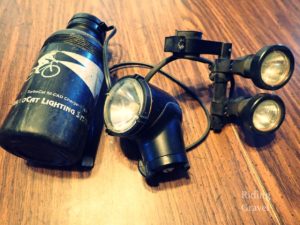
To discuss this further, Guitar Ted will weigh in with his thoughts:
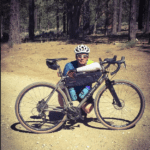 About The Author: Grannygear hails from SoCal and spent most of his cycling days as a mountain biker from the formative years of mountain biking all the way up to the present day. His day job is in the tech sector, but he has spent time writing about off road 4X4’s, 29″ mountain bikes, and cycling in general. Grannygear and Guitar Ted have worked off and on together since 2009 after a chance meeting at Interbike. With gravel cycling on the rise, Grannygear has been exploring how this genre’ works in SoCal and now does guest pieces for RidingGravel.com in his spare time.
About The Author: Grannygear hails from SoCal and spent most of his cycling days as a mountain biker from the formative years of mountain biking all the way up to the present day. His day job is in the tech sector, but he has spent time writing about off road 4X4’s, 29″ mountain bikes, and cycling in general. Grannygear and Guitar Ted have worked off and on together since 2009 after a chance meeting at Interbike. With gravel cycling on the rise, Grannygear has been exploring how this genre’ works in SoCal and now does guest pieces for RidingGravel.com in his spare time.


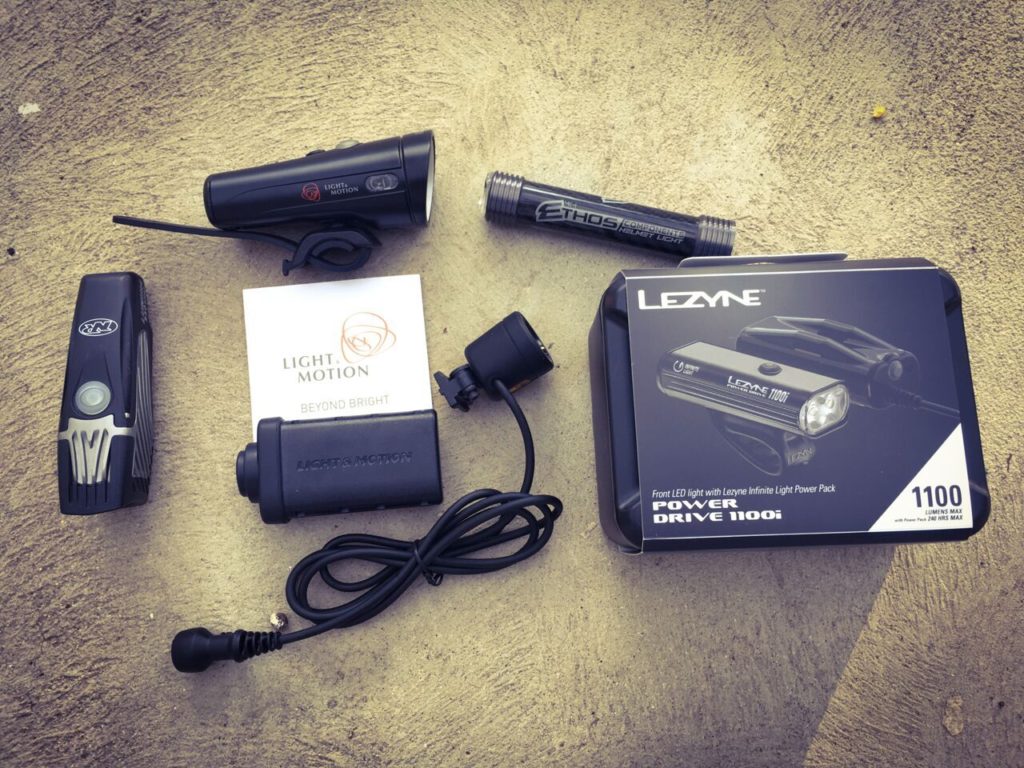
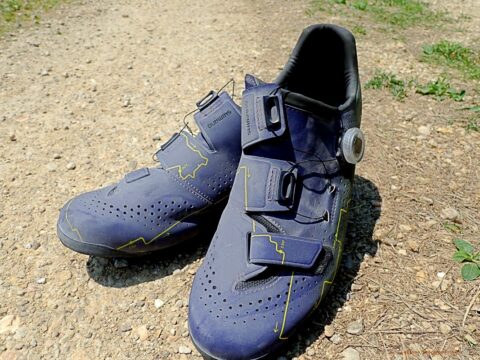
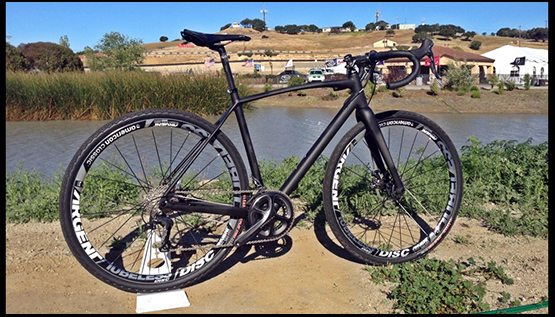
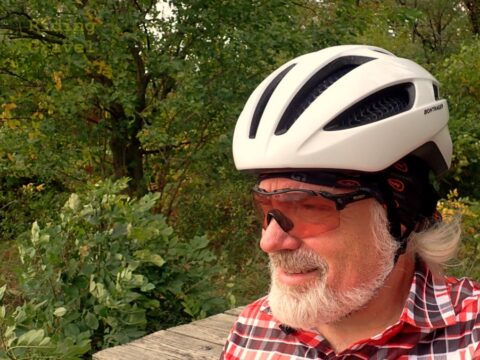
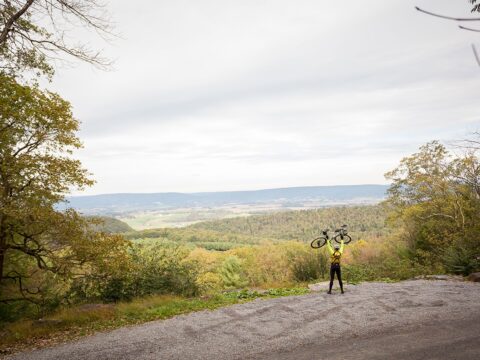
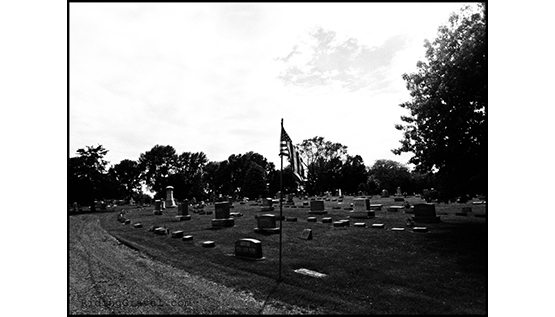
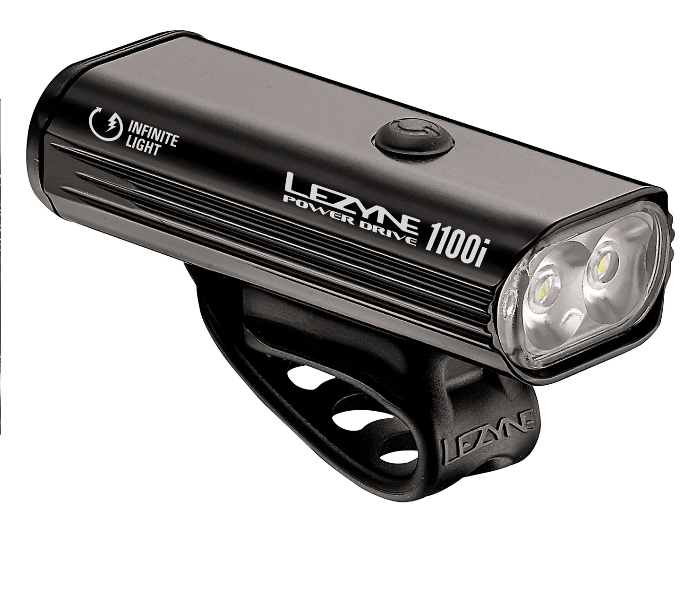
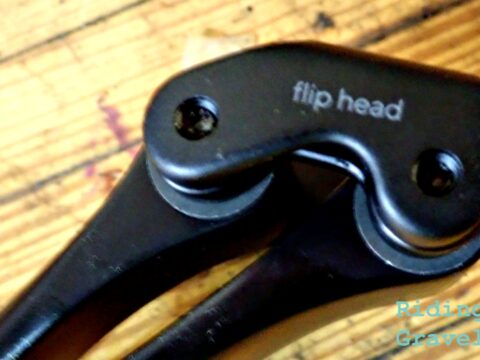
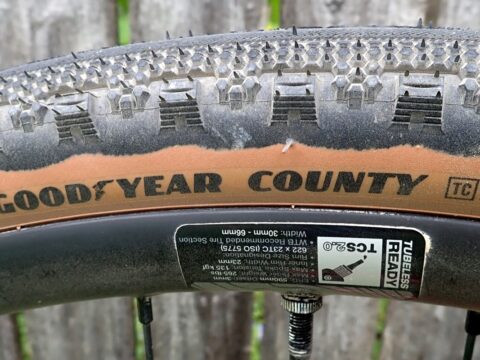

I sometime feel like a bit of an evangelist for these guys, but the DiNotte lights are fantastic. Made in the US, bombproof, super powerful, great run times. They also have terrific customer service and often will accept trade ins of their older lights towards new, more powerful models. They mount easily on your bar or on your helmet, and use separate batteries, which I prefer as it allows you to easily carry more than one for longer times in the dark. I don’t really think lights for gravel riding can be “too bright”- the advantage of brighter lights is often that you can run them on the middle setting, for plenty of light for long periods of time, only using the high setting for downhills etc.
Will keep my eye on this Round-up.
On thing I have always pondered is how in the world do you recharge your light when on a bikepacking trip when you are no where near an outlet??
I currently use an axiom 650 headlight with removable battery. I have a spare battery that I can switch out when needed but the issue is still there as to how to recharge when out and about without any power near by.
I have a few external batteries. My new/favorite one is a 26800mAh Anker, which has 4 USB ports and 2 charging ports. I hook up my two folding solar panels to it. One panel is 16W and one is 20W.
It takes almost two days to charge up, but that’s just because it has sooo much energy storage in it. It has enough juice to charge my cell phone from 0 to 100 seven and a half times. In the summer I can easily charge my cell phone, kindle, and bike lights all off of portable off-grid solar.
It’s about $60 on Amazon for the battery. The panels were around 60 each too.
I was looking at something like that myself. Besides the light I will also need to keep my Garmin charged.
Thanks for the info.
@Dennis…good question. Of course there is the option of a dynamo hub powered system. Those can also, if I understand this correctly, be used to charge things. I suppose there are solar charging panels that roll up or fold but I am not sure how practical that is for a bkepacker.
gg
So when is the dark skinny coming in on these lights. We have to get a new set up rider tested now. ha Thanks for any all info.
I have been through about every combo of lights since the late 80’s. I bought my first HID light in 2005 for $900AUD, now you can buy brighter lights with more run time off ebay for $26AUD.
Two years ago I switched to dyno powered lights, my gravel bike is running an Exposure Revo and my bikepacking/commuter runs an AXA Luxx70plus with built in USB charging.
It’s so good not having to worry about charging lights or working out run times.